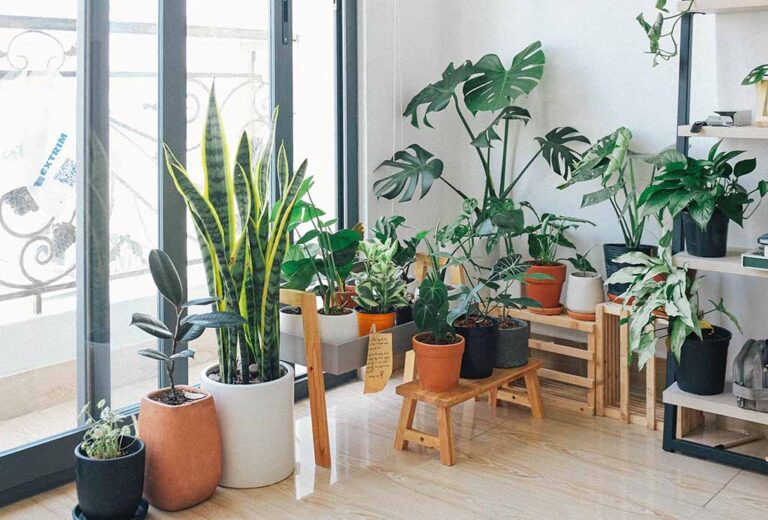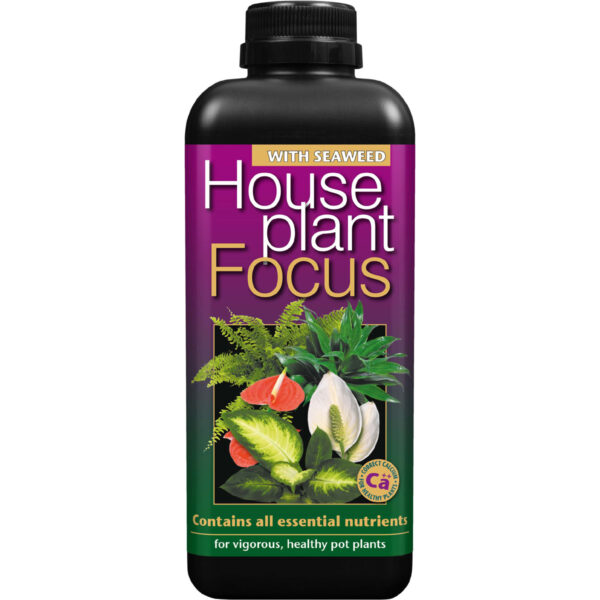Welcome to the guide about house plant fertilizer: The key to lush indoor oases! Whether you're a seasoned plant enthusiast or just starting your green journey, one thing is certain: healthy and vibrant growth begins with the right nutrition.
I denne guide vil vi dykke ned i verdenen af house plant fertilizer og opdage, hvordan disse små vidundere af næringsstoffer kan forvandle dine indendørs planter til sande skønhedsikoner. Fra NPK-forhold til korrekt brug og vedligeholdelse – lad os udforske hemmelighederne bag blomstrende succes og skabe et hjem, der summer af liv og vitalitet.
also read The best fertiliser
Table of contents
ToggleNutrients for indoor plants.
Created to meet the needs of plants that thrive indoors.
Indoor plants live in a different environmental setting than their outdoor counterparts. They are typically exposed to more constant temperatures and light conditions as well as often limited space for root development.
Houseplant fertilizers are specially designed to take these factors into account and deliver the necessary nutrients in appropriate amounts.
Rich in balanced NPK: Nitrogen (N), phosphorus (P), potassium (K).
- Nitrogen (N): plays a crucial role in promoting the growth of leaves and stems. It is the key to a healthy, green color and increased photosynthesis.
- Phosphorus (P): is responsible for building strong roots, promoting flower formation and fruit ripening. It is essential for the plant's reproductive process.
- Potassium (K): helps maintain the water balance in cells and increases the plant's resistance to stress, disease and drought.
Read also about NPK fertilizer here: Bliv ekspert i NPK Gødning – en guide
Houseplant fertilizer is not just an addition to your care routine; it is the key to creating an ideal microcosm for your indoor plants. By understanding their unique needs and providing them with the right combination of nutrients through houseplant fertilizer, you can create an indoor garden that is full of vitality, beauty and well-being.
Find our indoor plant fertilizer here:
-
Houseplant Focus, houseplant fertilizer with seaweed 1L
- kr. 169,00
- Add to basket
Item no.: 28153
Application of house plant fertilizer
Each type of houseplant fertilizer may have specific dosage guidelines based on its composition and form. Overdosing can be harmful to plants and lead to the accumulation of nutrients in the soil.
Excessive fertilizer can damage plants.
- While it may be tempting to feed your plants more in the hope of better results, excessive fertilizer can actually harm them by disrupting their natural nutritional balance.
- Signs of overdose include yellowing of leaves, abnormal growth and even plant stress.
Feed normally during the growing season, reduced or no fertilizer in winter.
- During the growing season, usually in spring and summer, plants are most active and need extra nutrients to support their growth and development.
- In winter, many plants go dormant or have a slow growth period, so it is recommended to reduce or stop fertilizing during this time to avoid nutrient overload.
Proper use of houseplant fertilizer ensures that your indoor plants receive the right amount of nutrients at the right time, resulting in healthy, beautiful and well-kept plants that can brighten up your home all year round.
Maintenance
Rinse the soil occasionally with clean water.
Over time, minerals and salts can build up in the soil as a result of repeated fertilization. Rinsing with clean water helps to flush away excess salts and restore the soil's balance. Use a careful amount of water to avoid flooding the plant.
Prevents the accumulation of salts.
Accumulation of salts in the soil can create an unfavorable environment for the plants, where root growth and nutrient uptake can be inhibited. In addition to flushing, you can also choose to use a "fertilizer-free" watering once in a while, where you only use water without fertilizer to help reduce salt build-up.
Keeping the soil in a healthy state through regular maintenance is essential for plant well-being and long-lasting beauty. By taking these simple steps, you can ensure that your indoor plants continue to thrive and radiate life and vitality.
Special cases
Certain plants require specific fertilizers, e.g. cacti and succulents.
Cacti and succulents have adapted to dry and arid environments and therefore need a fertilizer with lower nitrogen and a more concentrated mix of phosphorus and potassium.
Find ud af hvordan du tilpasser dine kaktusser her: Kaktusgødning – bevar farven i dine kaktus
Be sure to choose a fertilizer formulated for these plants to support their unique nutritional needs.
Be sure to know the variation in plant needs
Light:
- Indoor plants have different requirements for light levels. Some thrive best in direct sunlight, while others prefer more shaded areas.
- The amount of light your plants receive can affect their growth rate, leaf color and overall well-being.
Water:
- Watering habits vary depending on the plants. Some need frequent watering, while others thrive in drier conditions.
- Improper watering – either too much or too little – can affect the health of the soil, the development of the roots and the overall health of the plant.
Environmental conditions:
- Indoor environmental conditions such as temperature, humidity and circulation can affect how plants take up nutrients and grow.
- Creating an optimal indoor environment by adjusting these variables can lead to better results with your houseplant fertilizer.
Understanding and adjusting these variables according to the individual needs of your indoor plants can maximize the effect of houseplant fertilizers and create an ideal environment for healthy growth and flowering.
In general, houseplants need to be fertilized during the growing season, which extends from spring to late summer. This is the time when the plants are most active in their growth and need extra nutrients. Avoid fertilizing in winter as many plants go dormant or have a slow growth period.
The frequency of fertilization can vary depending on the type of fertilizer and the needs of the plant. In general, a monthly fertilizer during the growing season can be sufficient for most houseplants. However, always follow the manufacturer's instructions on the fertilizer label to ensure correct dosage and frequency.
Houseplants can lose leaves for a variety of reasons, such as:
- Lack of light: If the plant does not receive enough light, it may begin to drop its lower leaves.
- Overwatering or under irrigation: Improper watering can lead to root problems which in turn can result in leaf loss.
- Temperature changes or drafts: Large temperature fluctuations or drafts can stress plants and lead to leaf loss.
Brown leaf tips can be caused by several factors:
- Dry air: Low indoor humidity can cause the leaf tips to dry out.
- Overwatering: If the soil is constantly moist, the roots can become flooded, which can result in brown tips.
- Salt accumulation: Accumulation of salts from fertilizers in the soil can lead to leaf dryness and brown edges.
It is important to observe your plants closely to identify the causes of any problems and take steps to correct them so that your houseplants remain healthy and vibrant.






